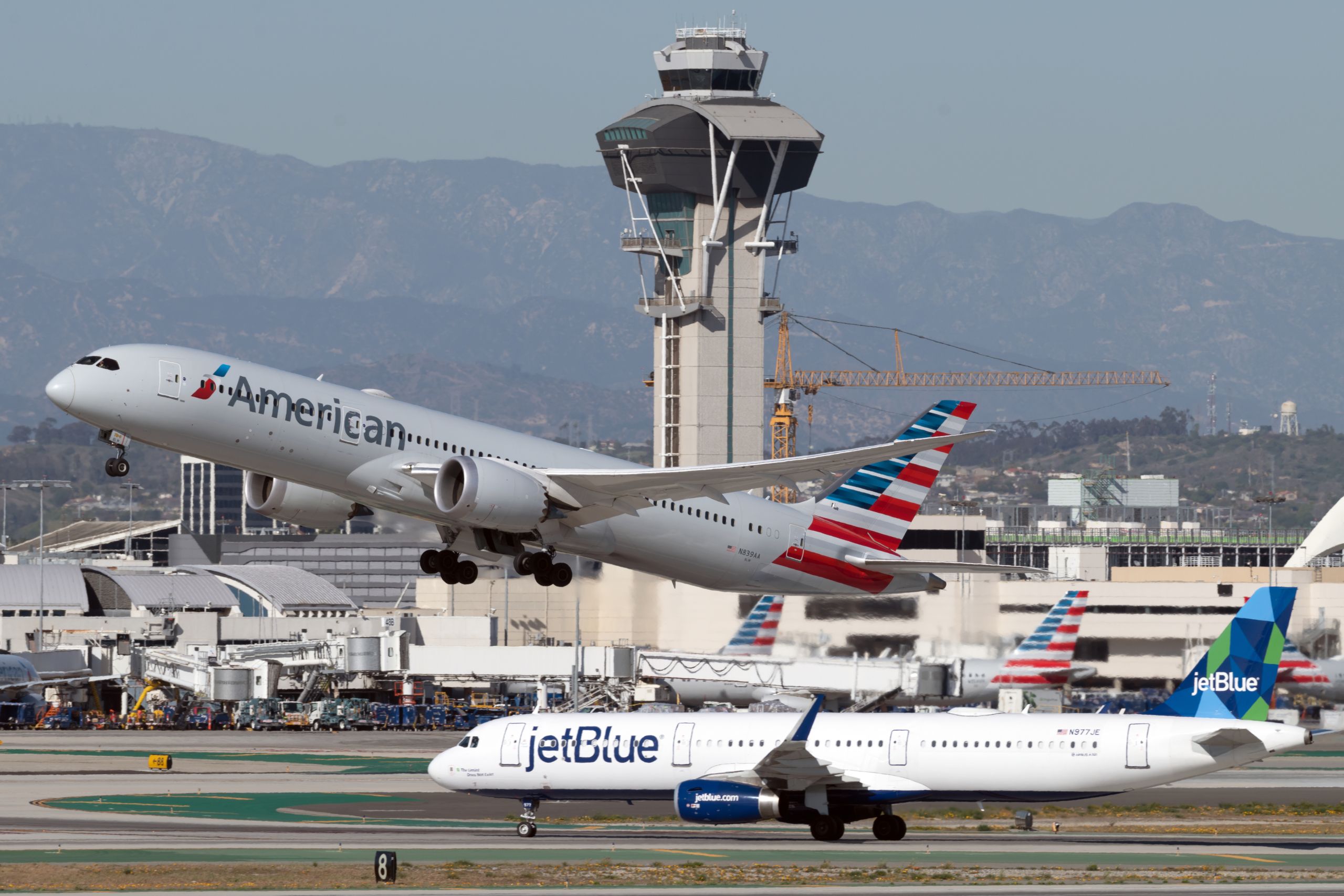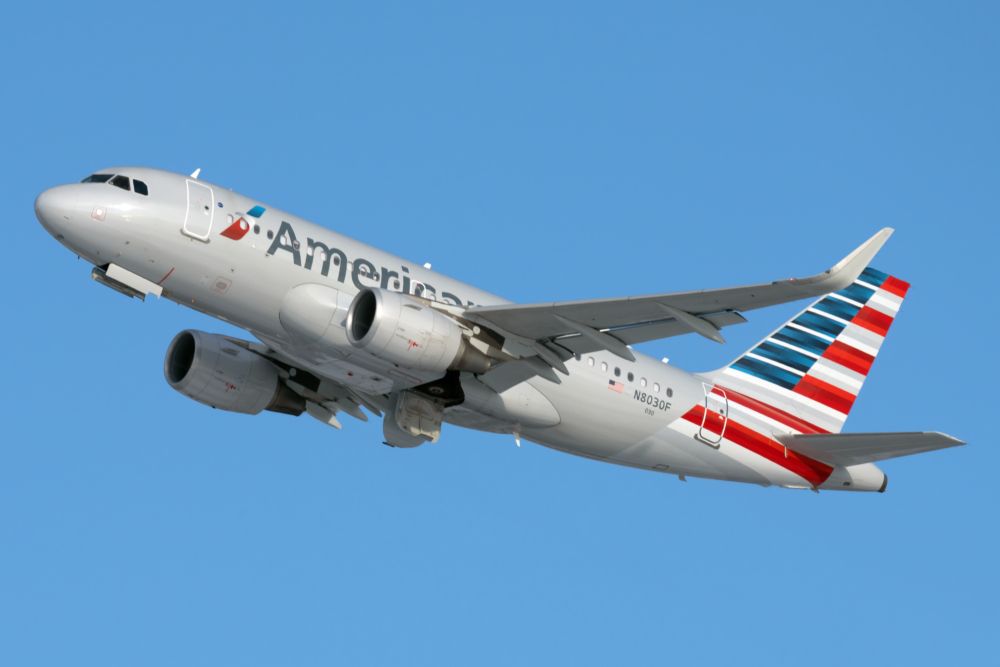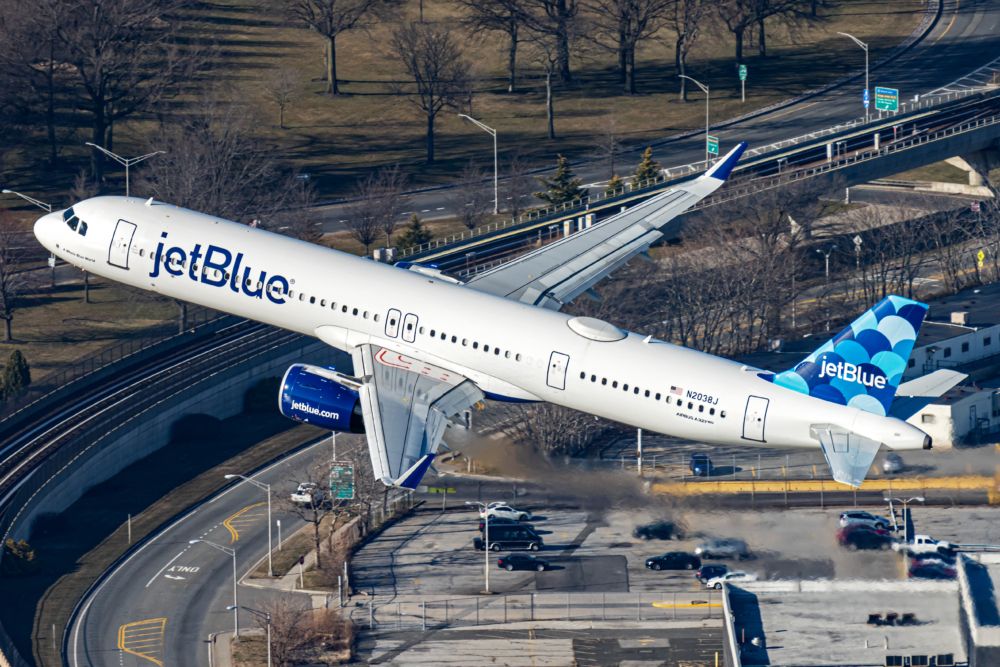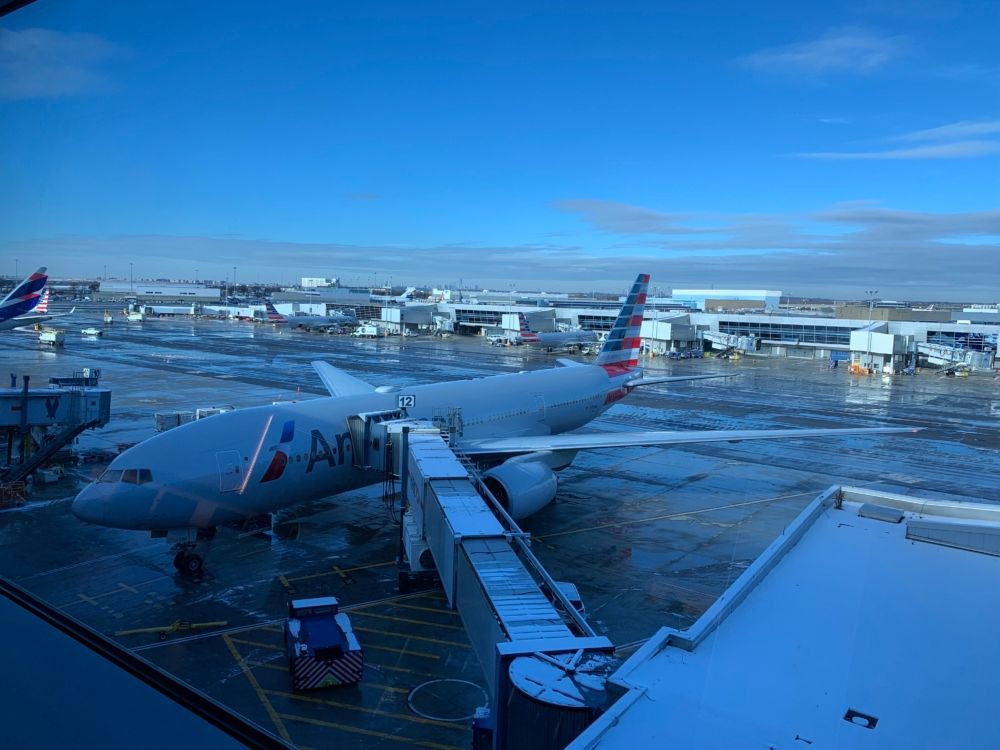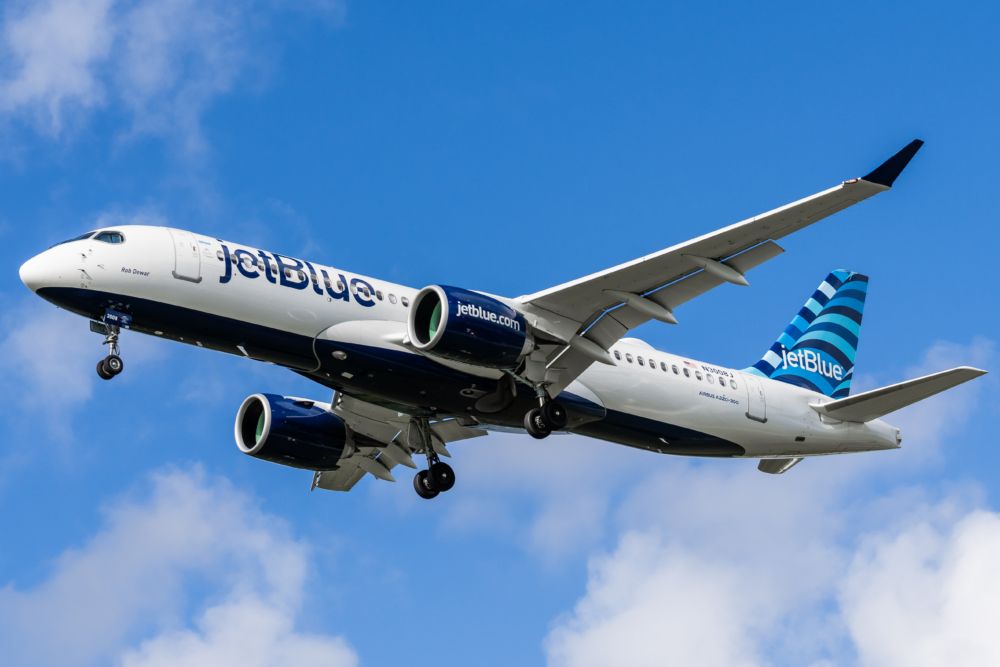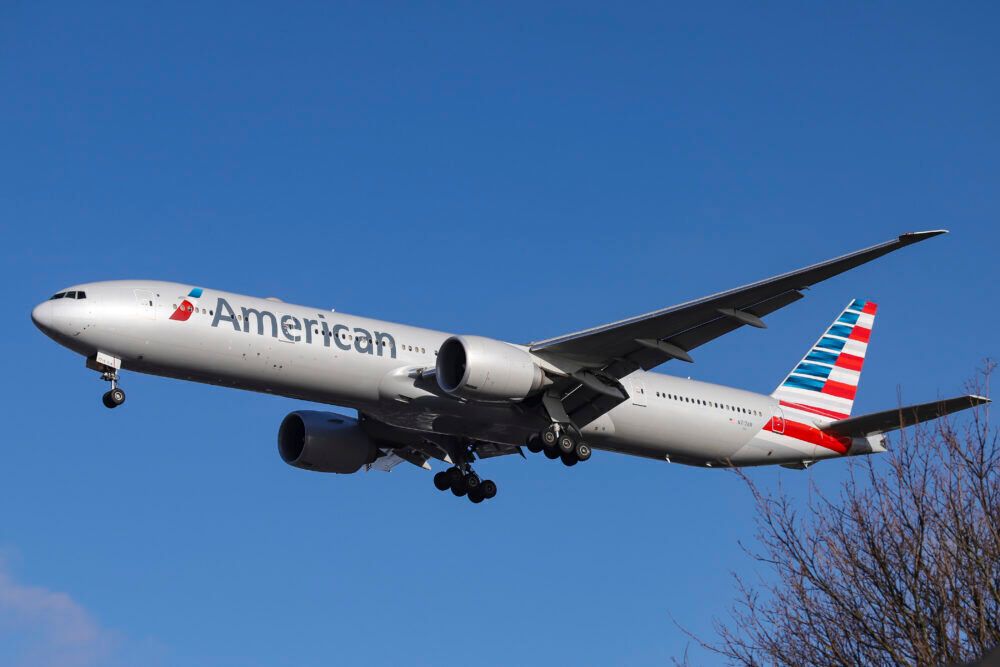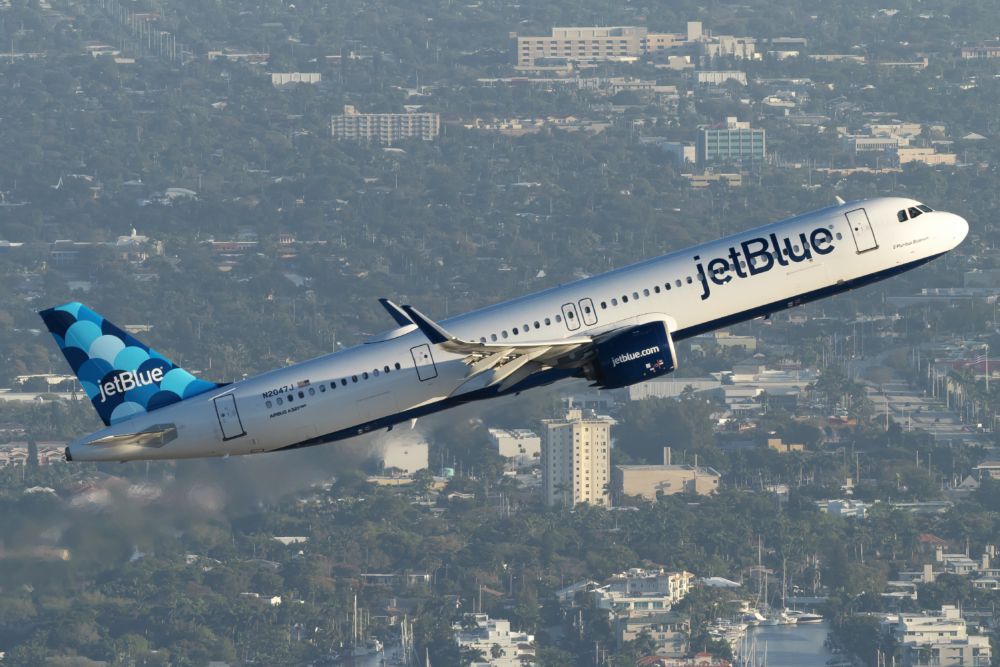The Northeast Alliance between American Airlines and JetBlue has ruffled feathers in the industry. Now, US Senator Richard Blumenthal from Connecticut has sent a letter to Secretary Pete Buttigieg of the US Department of Transportation (DOT) urging to review the Northeast Alliance.
Sen. Blumenthal urges a review
On Friday, Sen. Blumenthal wrote a letter to Secretary Buttigieg with concerns of "anticompetitive coordination at key air traffic hubs and result in the long-term inflation of airfares and related costs for airline passengers." His primary concern is with the American-JetBlue Northeast Alliance.
Another concern for Sen. Blumenthal is further industry consolidation. He highlighted past mergers and is worried that the Northeast Alliance could become even further consolidated in the US, despite not being merger.
The American-JetBlue alliance received approval under the previous administration. Sen. Blumenthal raised concerns over the process, which he states did not include public and industry comments on the competitive implications of the agreement.
President Biden's executive order
The backdrop of this letter included President Joe Biden's Executive Order on Competition signed in July. The Executive Order was signed with the intention to promote competition in the American economy.
One of the industries mentioned in the Executive Order was the air travel industry. In a fact sheet associated with the action, the White House highlighted how the top four commercial airlines (American, Delta, Southwest, and United) hold nearly two-thirds of the domestic market.
Furthermore, the order took aim at ancillary fees, like baggage and cancellation fees, which the White House stated are often raised in lockstep and sometimes hidden from passengers. In the last decade, ancillary fees have grown to provide airlines with plenty of additional revenue.
The Executive Order did not specifically take aim at the Northeast Alliance. However, it aimed to ensure that consumers can easily find flights, including smaller airlines. It focused on ancillary fees on services the airline fails to provide, like lost or substantially delayed bags.
Stay informed: Sign up for our daily and weekly aviation news digests.
The Northeast Alliance
The alliance between American Airlines and JetBlue has ruffled a lot of feathers. One of the fiercest opponents to the alliance is Spirit Airlines, which has similarly been pushing heavily for an expanded review from the DOT.
One of the reasons the alliance has drawn the scrutiny it has is because of the airports it covers. Between New York's John F. Kennedy International Airport (JFK), LaGuardia Airport (LGA), Newark Liberty International Airport (EWR), and Boston Logan International Airport (BOS).
Historically, these four airports are some of the toughest airports to get into, and few ultra-low-cost and low-cost carriers have a significant presence at these airports. One exception is JetBlue, which is a kind of hybrid carrier.
American Airlines offered the following statement:
“Last year, JetBlue and American announced an innovative alliance to increase competition in the Northeast. American and JetBlue began implementing the Northeast Alliance earlier this year and it’s already providing more choices and better service for customers with more code sharing, new international and domestic routes, better schedules and expanded frequent flier program benefits. It’s also provoking a competitive response from other carriers in the region by compelling them to step up their own products and services – delivering clear wins for consumers.”
American and JetBlue have been encouraged by the alliance. Both carriers have launched a host of new routes and expanded premium services out of the cities the Northeast Alliance covers. JetBlue has largely announced domestic routes while American has expanded abroad to New Delhi, Athens, Santiago, and more.
American benefits by being able to tap into some connections on JetBlue and the brand loyalty JetBlue already has and can pass onto American by selling tickets on America's planes. JetBlue gets to send its customers on long-haul international routes that it does not serve.
JetBlue and American did compromise with the DOT to allow for the Northeast Alliance to move forward. This included commitments on service, limits on communications, consistent reporting to the DOT, slot divestitures, capacity targets, and no coordination outside of the Northeast Alliance.
However, this was not sufficient for all airlines, as Spirit Airlines and Southwest Airlines have indicated in their opposition to the alliance. The breadth of the concerns have been around the lack of an extensive, public review of the alliance and approval from the DOT just days before the change of administrations.
New York and Boston are also challenging airports to get into, and, for example, Spirit Airlines is maximizing its position at LaGuardia and Newark to the greatest extent possible. However, these airports are very expensive to operate to and from, and gate space and takeoff and landing rights are limited.
This sets up barriers for new entrant carriers. Even well-known Southwest Airlines has a larger presence in other cities while having a limited presence in New York. None of the major ultra-low-cost carriers in the US operate to New York-JFK, largely given how expensive the airport is.
The question with the Northeast Alliance review is how it turns out. If the DOT opens a review and finds that the alliance is not beneficial for consumers, it could lead both American and JetBlue to retrench and pull back some of the expansion they've done in support of the alliance.
A second option could be to let the alliance continue as planned. There is no firm evidence from the DOT of cooperation between the two airlines outside of the Northeast Alliance. A complaint about Ecuador operations did not lead to the termination of the alliance, nor any specific allegations of collusion outside of the alliance.
A third could be further limitations on the alliance. The DOT could motion for additional slot divestitures, which could be painful enough for the two airlines to withdraw their alliance depending on what the DOT decides would be an acceptable number of divestitures. Other restrictions could be further limitations on coordination.
At the end of the day, Sen. Blumenthal is lending his voice in opposition to the Northeast Alliance. While the DOT has yet to announce any major moves to open a new review into the alliance, both JetBlue and American are touting the benefits of the alliance and continuing to expand their positions in New York and Boston.
Do you think the Northeast Alliance needs to change? Should the DOT open a review into the partnership? Let us know in the comments!

